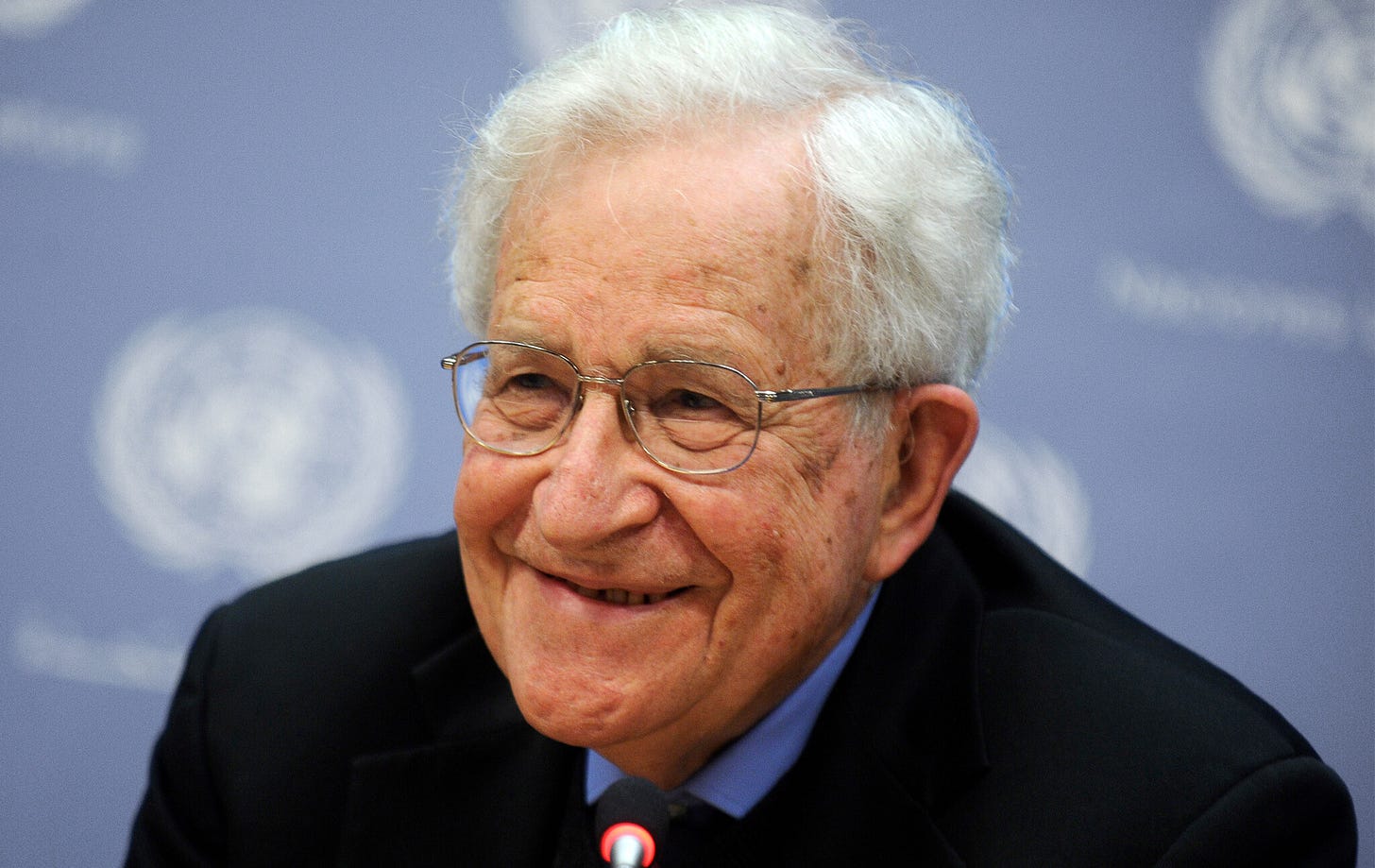Are You Thinking Freely? Understanding Chomsky's 5 Filters of Media Control
In their groundbreaking 1988 book, Manufacturing Consent: The Political Economy of the Mass Media, Noam Chomsky and Edward S. Herman presented a powerful framework for understanding how information is shaped and disseminated in democratic societies. Their Propaganda Model argues that the news media, far from being entirely independent watchdogs, operate through a series of structural filters that systematically bias coverage in favour of established power structures. This isn't about conscious conspiracy theories, but rather an analysis of the economic and political constraints inherent in the system.
The model proposes five key filters that news must pass through, influencing what becomes "news" and how it is presented. Understanding these filters is crucial for becoming a more critical consumer of information and questioning the narratives we encounter daily.
Filter 1: Ownership
The first filter concerns the size, concentrated ownership, owner wealth, and profit orientation of the dominant mass-media firms. Major media outlets are typically large corporations, often subsidiaries of even larger conglomerates with extensive financial interests. Like any business, their primary goal is profit. This economic reality means that news content will tend to avoid seriously challenging the corporate and political interests of the owners or the broader capitalist system upon which their profits depend. Stories critical of corporate power, deregulation, or labour rights might be downplayed or framed in ways less damaging to the status quo.
"...the dominant media firms are quite large businesses; they are controlled by very wealthy people or by managers who are subject to sharp constraints by owners and other market-profit-oriented forces..." - Chomsky & Herman, Manufacturing Consent
Filter 2: Advertising
Media outlets derive a significant portion, often the majority, of their revenue from advertising, not from readers or viewers. This creates the second filter. Advertisers are the true customers, and the media product (news, entertainment) serves to attract the desired audience for those advertisers. Consequently, media organizations are reluctant to publish content that might alienate advertisers or create an environment critical of the consumer culture they promote. News critical of specific industries (like pharmaceuticals, fossil fuels, or finance) may be softened or avoided if powerful advertisers operate within those sectors. The need to maintain a "buying mood" also influences the type and tone of content.
Filter 3: Sourcing
The third filter highlights the media's reliance on information provided by government, corporations, and established "experts." Journalists and news organizations need a steady, reliable flow of raw news material. Providing this material requires significant resources, which powerful institutions possess. Government briefings, corporate press releases, and statements from officially sanctioned experts become the primary sources for much reporting. This symbiotic relationship gives powerful actors preferential access to shape the news agenda. Voices challenging official narratives or lacking institutional backing find it much harder to gain media access, leading to a news landscape often dominated by the perspectives of the powerful.
Filter 4: Flak
"Flak" refers to negative responses directed at a media statement or program. It can take the form of letters, emails, phone calls, petitions, lawsuits, speeches, proposed legislation, or other modes of complaint, threat, and punitive action. Flak can be generated by individuals, but it is most effective when organized by powerful entities – corporations, think tanks, government agencies, or pressure groups. The prospect or reality of generating significant flak can discipline the media, discouraging journalists and editors from pursuing stories or adopting critical stances that might provoke costly and damaging negative feedback. This creates pressure to self-censor and stick to safer, more established lines of reporting.
"If the flak is produced on a large scale, or by individuals or groups with substantial resources, it can be both uncomfortable and costly to the media." - Chomsky & Herman, Manufacturing Consent
Filter 5: Anti-Ideology / Fear
Originally described by Chomsky and Herman as "Anticommunism," the fifth filter involves mobilizing the populace against a perceived common enemy or threat. While the specific enemy changes over time (communism, terrorists, immigrants, a particular foreign power), the mechanism remains the same. Creating fear and focusing public attention on an external threat serves to marginalize dissent and rally support for state and corporate policies. News narratives framed through this lens often portray complex issues in simplistic "us vs. them" terms, making critical analysis or alternative viewpoints seem unpatriotic or dangerous. This overarching ideology helps to fix the premises of discourse and constrain the range of thinkable thought.
Implications for Free Thought and Democracy
The Propaganda Model suggests that these five filters work together to create a media system where dissent and critical perspectives are systematically marginalized, while the views of powerful economic and political interests are amplified. It challenges the notion of a purely "liberal media" or a completely free marketplace of ideas. Instead, it points to structural constraints that shape news production regardless of the individual intentions of journalists.
Understanding these filters empowers us. It allows us to question why certain stories are covered prominently while others are ignored, why specific sources are quoted extensively, and how issues are framed. It encourages us to seek out alternative sources of information and to critically evaluate the economic and political interests that might lie behind the news we consume. For a deeper visual and auditory exploration of these concepts, this video provides further analysis:
While the media landscape has evolved since 1988 with the rise of the internet and social media, the core principles of the Propaganda Model remain remarkably relevant. Ownership concentration persists, advertising models still influence content (often in new ways online), reliance on official sources is endemic, flak operates dynamically across platforms, and fear-based ideologies continue to shape public discourse. By recognizing these filters, we can take a crucial step towards thinking more freely and engaging more meaningfully with the complex world around us.



